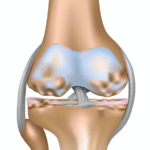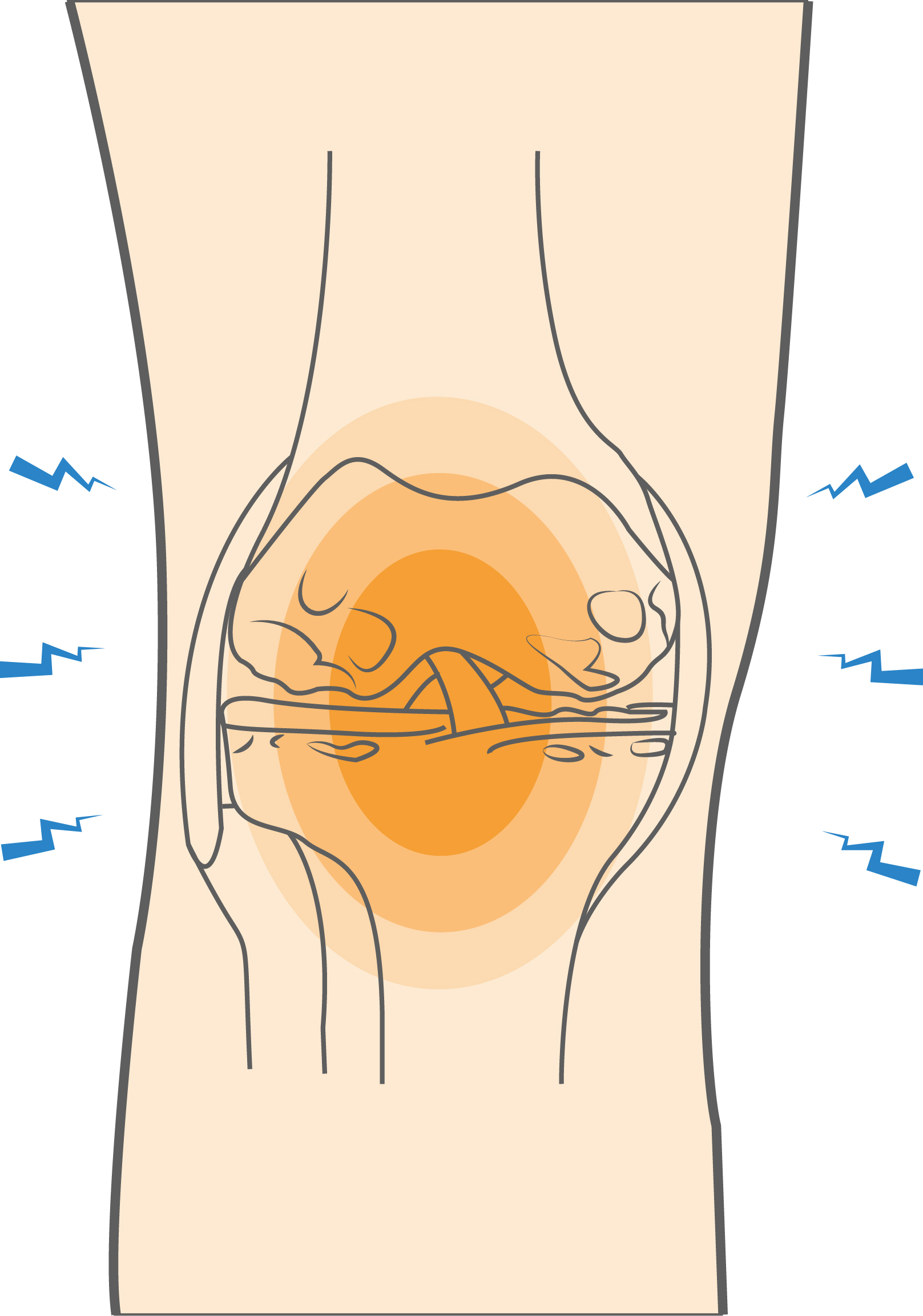Three bones meet at the knee joint. Covering the ends of these bones is cartilage, a strong, smooth, rubbery substance that allows the bones to glide over one another when you bend or straighten your knee. The cartilage surfaces are coated by a thin film of lubricating fluid, known as synovial fluid. Thanks to synovial fluid, a normal joint moves with far less friction than ice moving on ice.
The most common type of arthritis in the knee, osteoarthritis, is caused by a gradual breakdown of cartilage. As the cartilage erodes, the bones ultimately rub against each other, causing pain, swelling, and stiffness. Though commonly associated with aging, this form of arthritis can affect anyone. Athletes, particularly those who play high-impact collision sports that place tremendous stress on their knees and put them at risk for serious injury, are at greatest risk for osteoarthritis. Knee arthritis can be debilitating, and there is no cure. However, there are ways to treat and manage arthritic pain so that you can remain active.



